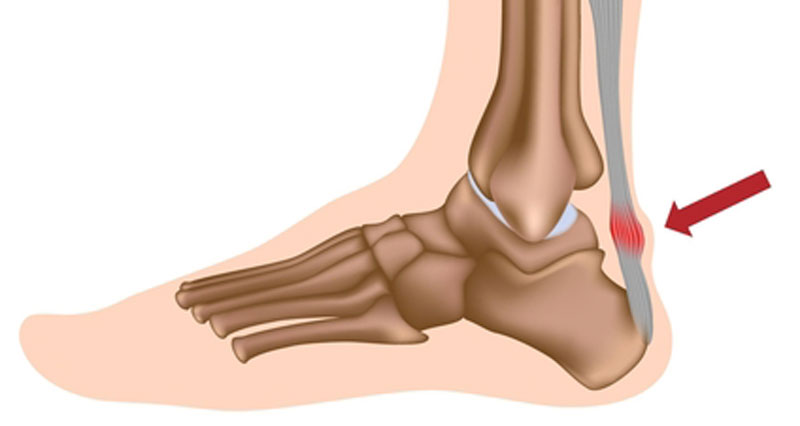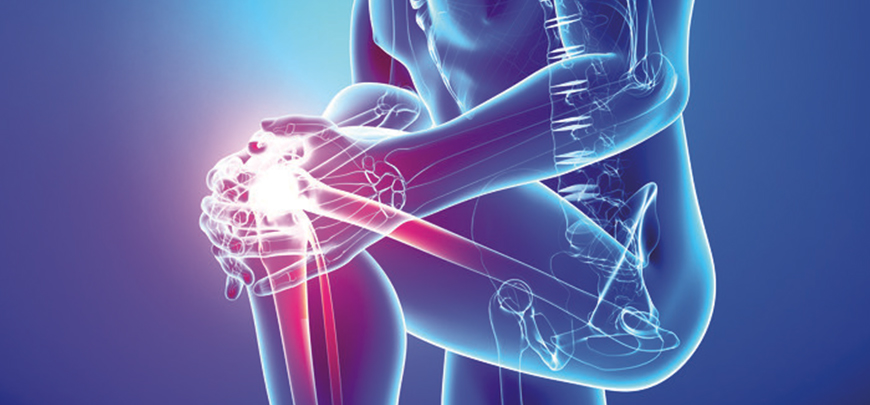If you’re experiencing pain or stiffness in the Achilles tendon, we can help.
During a physical exam, Achilles tendinitis specialist will gently press on your foot and ankle to determine the location of your pain and tenderness. We also evaluate your flexibility, alignment, range of motion, and reflexes.
We may recommend ice to reduce swelling and over-the-counter pain medications such as ibuprofen. In addition, we suggest specialized stretching and strengthening exercises.
Physical Examination
Achilles tendinitis manifests as pain above the heel or lower leg after exercise, especially running, walking uphill, and sprinting. You may also experience pain and swelling after prolonged sitting or standing in one position. Your doctor will ask about your symptoms and physically examine the affected foot and ankle. They will gently press on the affected area and move your ankle up and down to assess your flexibility, alignment, range of motion, and reflexes.
Your Achilles tendinitis specialist will also order diagnostic tests. For example, X-rays will help to rule out other conditions, like fractures, and ultrasound will visualize soft tissues such as the Achilles tendon. An MRI will provide more detailed images and is necessary if you are considering surgery. X-rays and ultrasounds are safe, non-invasive, and can be performed in an office setting.
X-Rays
X-rays help spot bone spurs and swelling in the Achilles tendon. Your doctor may also squeeze your calf muscles to check for tightness.
If home treatments don’t improve your symptoms, your doctor may suggest surgery to repair your Achilles tendon. If left untreated, the condition can worsen, leading to a ruptured Achilles tendon.
Most patients can return to their normal activities after Achilles surgery. Surgical recovery depends on the severity of the injury and how long you’ve had the problem. It will help if you avoid strenuous exercise until your doctor says it’s safe to start again. Your doctor may recommend electrical stimulation, ultrasound therapy, and platelet-rich plasma (PRP) treatment to speed up healing. These treatments can be delivered in a clinic or home with an at-home device.
If you’re currently grappling with Achilles tendinitis symptoms and seeking expert guidance, it’s crucial to consult with a qualified healthcare professional. A comprehensive diagnosis involves a physical examination and diagnostic tests, including X-rays and, in some cases, an MRI. To explore treatment options tailored to your specific condition, “check now” with a specialized Achilles tendinitis specialist who can provide personalized recommendations based on your unique situation. Early intervention and a proactive approach can significantly contribute to a faster and more effective recovery. Don’t delay—prioritize your well-being by seeking professional advice and check now for a targeted plan to address Achilles tendinitis.
Imaging Studies
Achilles tendinitis can be challenging to diagnose. Your doctor will perform a physical exam and use imaging tests to check for the condition of your Achilles tendon.
Magnetic resonance imaging (MRI) provides a more detailed view of the tendon structures than ultrasound. MRI can detect inflammation, partial tears, and other problems. It also shows the structure of the Achilles tendon and the retrocalcaneal bursa.
Insertional Achilles tendinopathy is common in runners and dancers. It often coexists with calcification of the insertion of the Achilles tendon and with entophyte formation at the calcaneus (Haglund’s deformity).
A sclerosing injection can decrease pain, swelling, and stiffness in patients with chronic Achilles tendinitis. However, it does not prevent the recurrence of the condition, and it may cause damage to the tendons around the injection site.
Medications
The most conservative treatments for Achilles tendinitis include rest or a reduction in physical activity, ice, elevation, and pain medications. Your Achilles tendinitis specialist may also recommend using a calf splint at night or wearing a supportive shoe with a heel lift or pad to reduce strain on the tendon.
Suppose over-the-counter pain medications — such as ibuprofen (Advil, Motrin IB, others) and naproxen (Aleve) — don’t relieve your symptoms. Your doctor may prescribe stronger medications to reduce inflammation and swelling. These medications might include steroids.
Your doctor may also offer extracorporeal shockwave therapy, where a machine passes sound waves through the skin to the damaged area of the Achilles tendon. This can help decrease pain and speed healing. In addition, your doctor might inject the tendon with blood or platelet-rich plasma, which contains growth factors that can promote healing, called PRP therapy.
Physical Therapy
Achilles tendinitis is pain, swelling, and stiffness in the back of your leg and just above your heel. The pain usually happens after you exercise or increase the intensity of your activity. It can also affect your ability to walk up or down stairs.
Your doctor can diagnose Achilles tendinitis by gently pressing around your leg and heel to assess the location of tenderness, pain, or swelling. They may also squeeze your calf muscle to evaluate your range of motion. Then, your doctor can recommend over-the-counter or prescription-strength pain medications to ease discomfort. Your doctor may also recommend icing the affected area, using compression with an ace wrap or bandage, and elevating the leg while sleeping to decrease pain and swelling. Your doctor may also suggest specific stretching and strengthening exercises — including a particular type of strength training called eccentric strength training.











